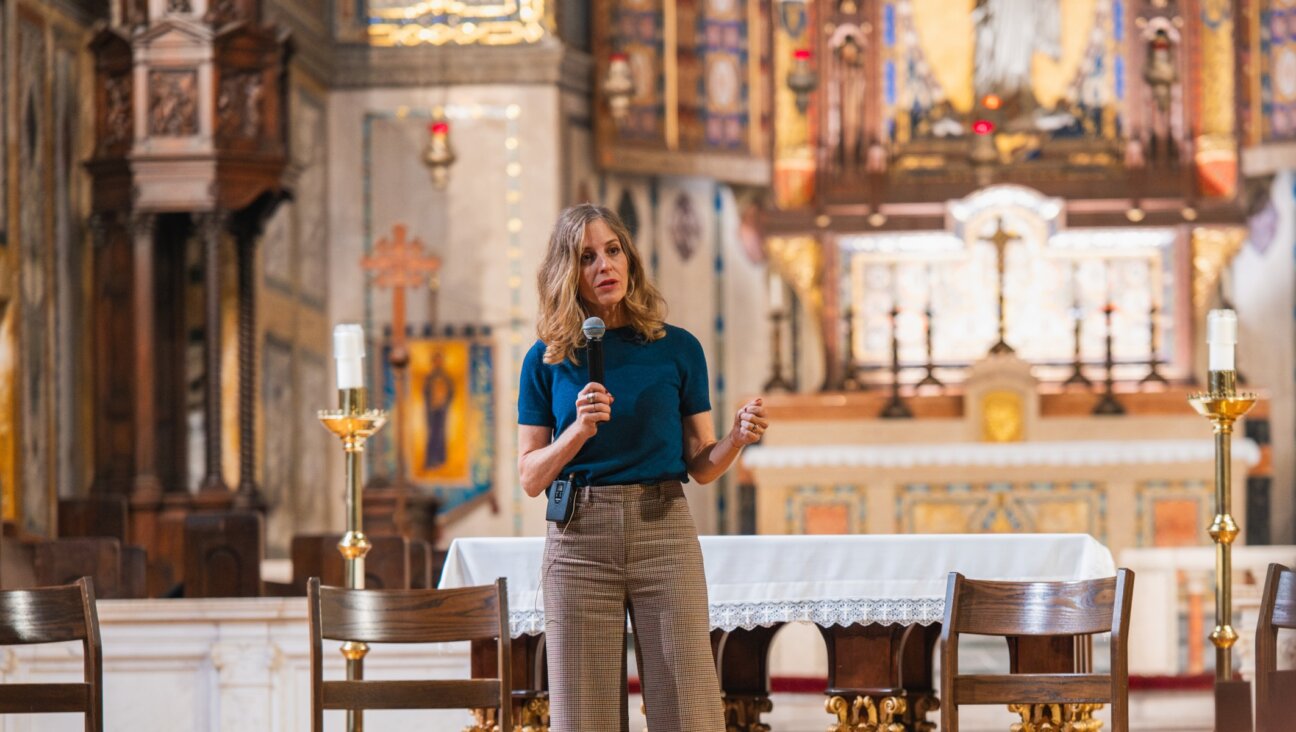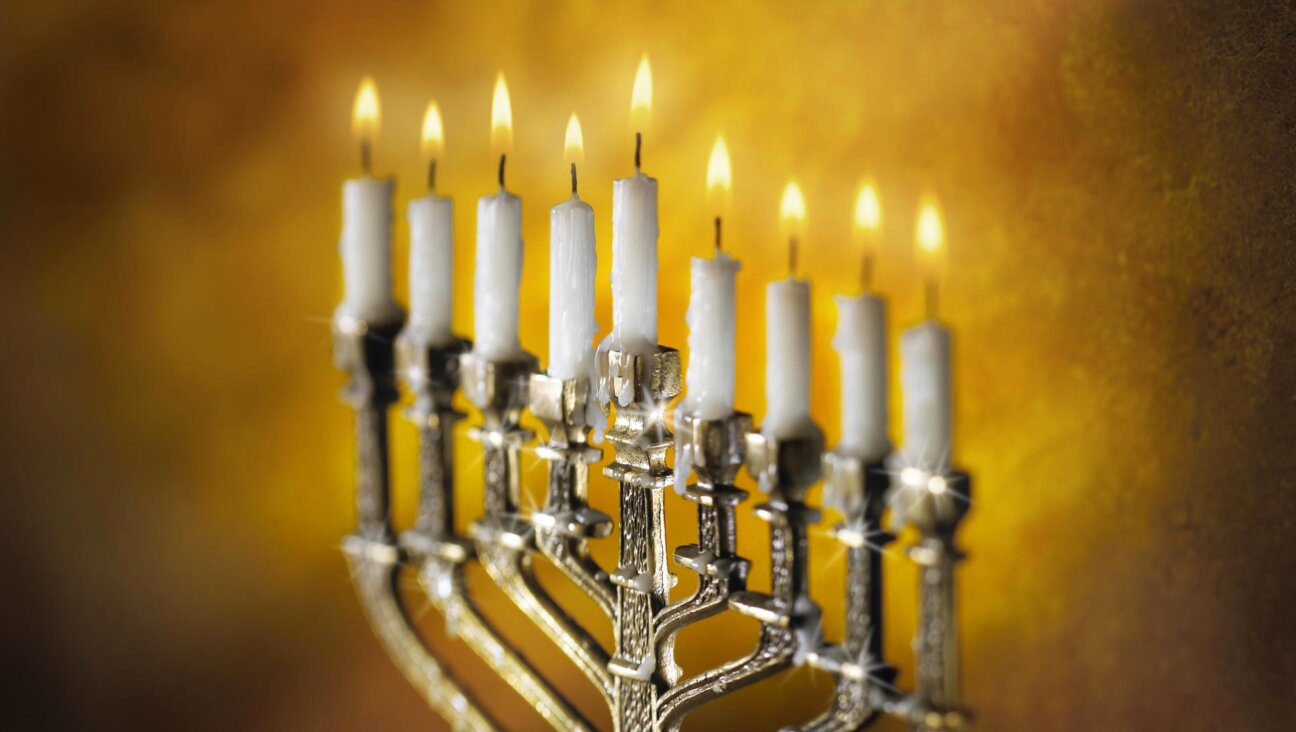Soul-Searching Follows Farmers’ Market Tragedy
SANTA MONICA, Calif. — Mayor Richard Bloom calls his city “a working paradise” — a beachside Los Angeles suburb and governable mix of capitalist and anti-capitalist values where followers of both Irving Thalberg and Irving Howe live in some proximity to each other and all receive a fair hearing.
With its millionaire homeowners, senior citizens, British expatriates, peaceniks, working-class Hispanics, middle-class tourists and gorgeous, toned women jogging with handsome, smiling dogs — plus the generally harmless homeless — center-left Santa Monica’s realpolitik succeeds where the Marxist municipal mush of Berkeley only shouts.
Though prepared for earthquakes, unsympathetic capitalists and nearby Malibu wildfires, nothing braced this city’s live-and-let-livers for what happened at 1:47 p.m. on July 16, when an 86-year-old man driving at 60 miles per hour hurled his 1992 Buick through the length of the Santa Monica Farmers’ Market.
With 10 people killed and about 35 injured, this sun-washed city of 84,000 was left looking for explanations. What reason could there be, for instance, why a 63-year-old Iranian Jewish immigrant, Molok Ghoulian Nabatian, and her seven-month-old grandson, Brandon, were killed as the grandmother was looking through the market’s vegetables, searching for items for that week’s Sabbath dinner?
“It’s like when a young child dies from a disease like cancer,” said Bloom. “There’s no explaining; there’s no way to comprehend it.”
Grandmother and grandson were buried Sunday in Los Angeles; the Associated Press noted that hundreds of mourners from Southern California’s large Persian immigrant community attended the service, where a cloth Star of David draped the infant’s casket.
About eight miles away from the tragedy in nearby Westwood, almost half of Rabbi David Wolpe’s Sinai Temple congregants are Iranian-American Jews. “They basically were, and are, sort of in deep mourning for the loss,” he said, “but I have not heard a lot of theological anger.”
The Conservative synagogue’s Persians include an 87-year-old woman hit by the Buick and hospitalized with two broken legs and her neck broken in three places.
The tragedy has required soul-searching to deal with a horrible event in which the culprit was not a terrorist or Klansman but an elderly Santa Monica resident, George Russell Weller, who said he thought his car’s accelerator was the brake.
At Bloom’s Reform synagogue, Beth Shir Shalom, Rabbi Neil Comess-Daniels borrowed from Isaiah to begin comprehending the devastation: “What shall I cry?”
The tragedy has been felt uniquely in this city, proud of its civic solutions, petitions and referendums, where people get involved with causes like feeding the poor or providing a “living wage” for beachfront hotel housekeepers. One resident this month asked the U.S. Supreme Court to overrule Santa Monica’s refusal to let him list his occupation as “peace activist” on election ballots. Near a park where the homeless not only sleep but sleep in on Saturdays stands the Shangri-La Hotel, aptly named in a city where bum and baron share ocean views.
It is easy to tell when one crosses the Los Angeles city boundary and enters Santa Monica; traffic slows for a beat, and attentive drivers may hear at some crosswalks the city’s audio signals that direct the blind.
“And yet something like this still happens,” Bloom said. “Yes, with all we’ve done, how could this still happen?”
Asked about the accident, planning commissioner, landlord and jeans salesman Jay Johnson began his monologue about city traffic improvements — curb-cuts for the disabled, roundabouts for “traffic calming,” wider medians on the city’s Wilshire Boulevard thoroughfare. That talk flowed into more talk about city services for senior citizens — taxi coupons, shuttle service, neighbor-to-neighbor driving and on and on down the activist’s wish-list clipboard.
After a few minutes, Johnson conceded that none of these ideas necessarily would stop a random, violent tragedy. “It’s a coping mechanism,” he said.
About 20% of the Santa Monica population is made up of senior citizens such as Weller and his oldest victim, Movsha Hoffman. A 78-year-old Lithuanian Jewish immigrant, Hoffman was Johnson’s tenant for years, and Hoffman’s wife, Esther, remains in serious condition at a local hospital after being hit by Weller’s car. Johnson said the elderly couple saw communism’s abject horrors as aberrations of the Soviet system, yet remained committed to socialism.
Johnson said that the Hoffmans — like other Soviet-era Jews with socialist nostalgia — were Jewish, but “not in any great depth.” Their apartment door has a mezuza, and inside is a menorah. “Aside from saying, ‘We’re Jews,’ it’s not like they went to Chabad,” said Johnson, whose atheist-socialist wife (“I’m no longer Jewish,” she said) recalled Movsha Hoffman donating items to the local Hadassah thrift shop, which closed this spring after three decades of operation.
While the Jewish Federation of Greater Los Angeles oversaw the closure last summer of Santa Monica’s federation-funded Bay Cities Jewish Community Center, Santa Monica remains home to seven Jewish congregations, four of them Orthodox.
Each Wednesday, Izzy Levitansky of the city’s Chabad of Montana volunteers at the Chabad table at the Farmers’ Market, distributing free candles, cards and brochures. When Weller’s car sped by him, he said, “I saw people on the windshield, and there was a lady flying underneath and there was blood underneath.”
The 19-year-old Santa Monica College student said he later went to synagogue and blessed the Torah, “thanking God for saving my life.”
Three days after the tragedy, the regular Saturday Farmers’ Market opened for business. A memorial was planned for noon that day, though two people held signs in opposition, one reading “Open Before a Memorial?”
The memorial in the adjacent Third Street Promenade was a typical Santa Monica procession of altruistic clergy.
But the tragedy’s impossible-to-avoid central issue — the dangers posed by elderly drivers — was avoided strenuously at the memorial, where the Farmers’ Market manager spoke about the tenuously linked issue of California agriculture. The man whose car killed 10 people was not mentioned, and no memorial speaker displayed any fury at this elderly driver who apparently made a horrifying mistake and whom police have yet to decide whether to prosecute.
Said Rabbi Comess-Daniels, “There’s nowhere to get angry.”
A message from our Publisher & CEO Rachel Fishman Feddersen

I hope you appreciated this article. Before you go, I’d like to ask you to please support the Forward’s award-winning, nonprofit journalism during this critical time.
We’ve set a goal to raise $260,000 by December 31. That’s an ambitious goal, but one that will give us the resources we need to invest in the high quality news, opinion, analysis and cultural coverage that isn’t available anywhere else.
If you feel inspired to make an impact, now is the time to give something back. Join us as a member at your most generous level.
— Rachel Fishman Feddersen, Publisher and CEO























